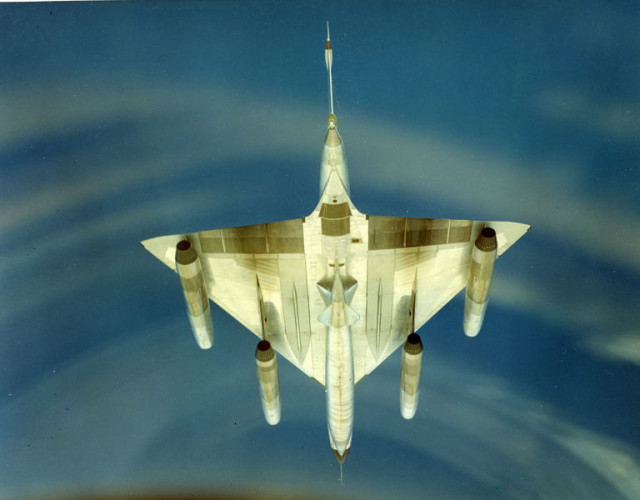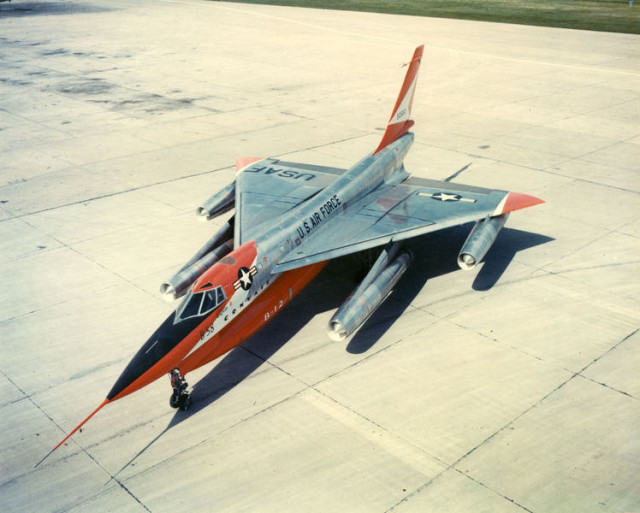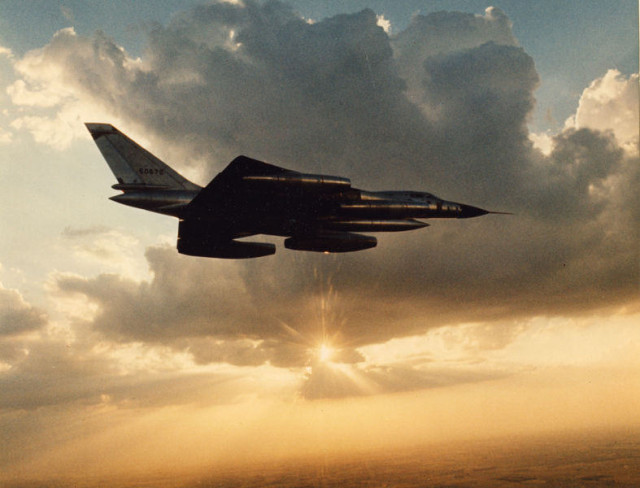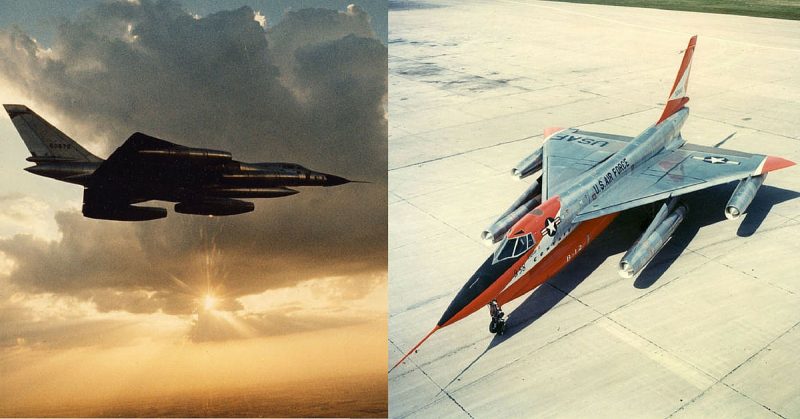Soon after the WWII, when the development of the first jets succeeded, scientists had to address the problem of breaking the sound barrier. During the arms race between the Soviet Union and the US during the Cold War, an increase in speed was seen as a goal of utmost importance.
At the beginning of the 1950s, both countries built supersonic fighters, so the struggle for supremacy was about building a jet bomber that would be capable of reaching other continents carrying nukes to strike from high altitudes.

Convair B-58 Hustler’s carried its first flight on November 11th, 1956. Forty-four days later this machine exceeded the speed of sound, and in another six months, the bomber reached twice that speed. B-58’s performance was rated very high initially. According to the experts, the plane was able to reach about 87% of targets located on the territory of the USSR.
The plane was easy to control, and it was regarded as one of the safest jets for refueling in the air. Moreover, it handled turbulence better than other planes with more flexible wings.
B-58 was a complex construction requiring highly skilled pilots and technical staff to operate. Those who flew this model were top-tier professionals.

Despite the early favorable results, Hustler couldn’t stay operational for long enough. It was very expensive to build and maintain. It had limited ammunition capacity, and it failed to meet local war theater requirements. Operational problems led to many deadly accidents. When B-58 flights were finally suspended as a result of those accidents, 26 of the 166 aircraft initially manufactured were lost. Most of these remaining bombers were sold for a scrap metal in 1977-1979.

There are now four B-58s on museums expositions, all located at the air bases where they had served. Two other jets remain at the “Edwards” and “Little Rock” bases, but they are just frames with hardly any equipment inside.
See the whole collection “American Aviation Historical Society”: https://picryl.com/collections/american-aviation-historical-society
Picryl (https://picryl.com) is a cross-platform application that allows finding traces of history in rare, ancient books, photos, posters and postcards from hundreds of sources like Library of Congress, The Internet Archive, and NASA. With convenient search tools and crowd-sourced tags — it’s one place for all your historical photography research needs.
